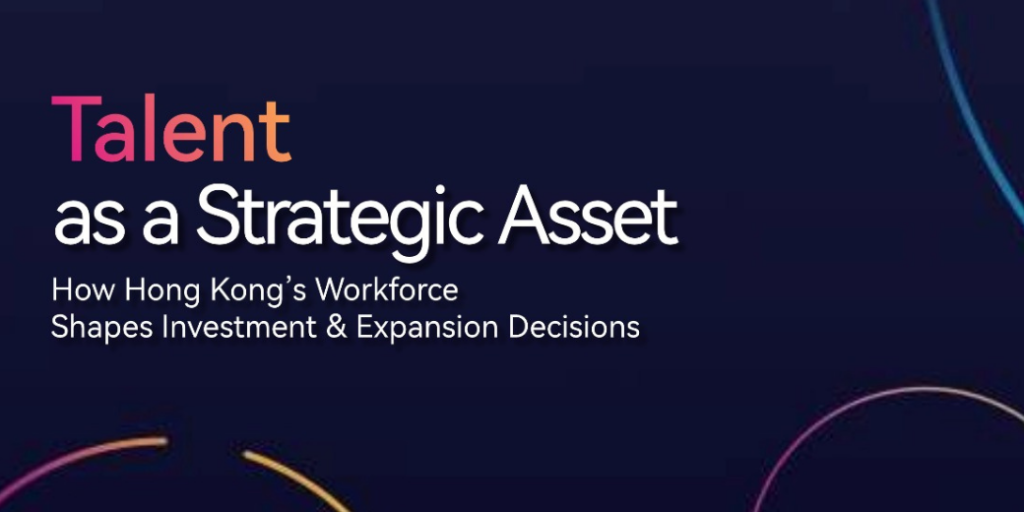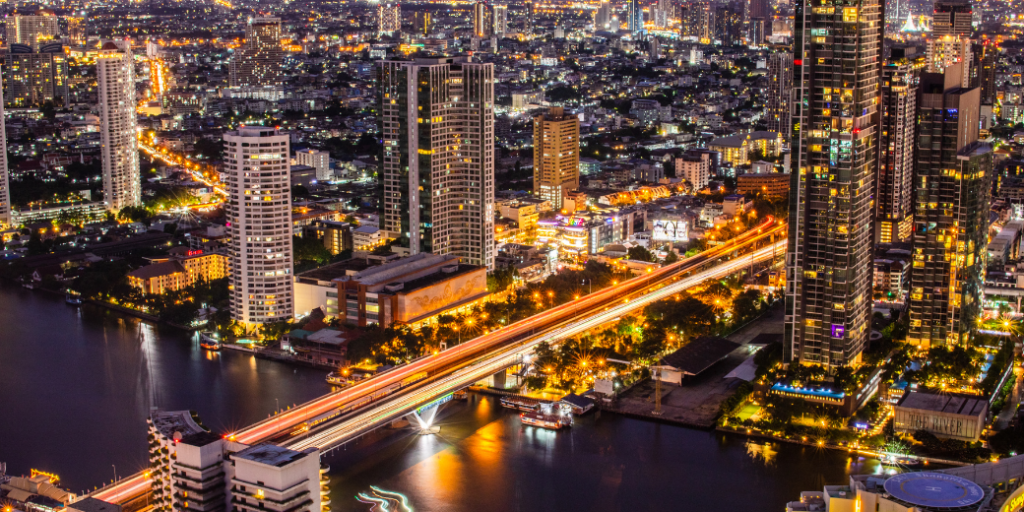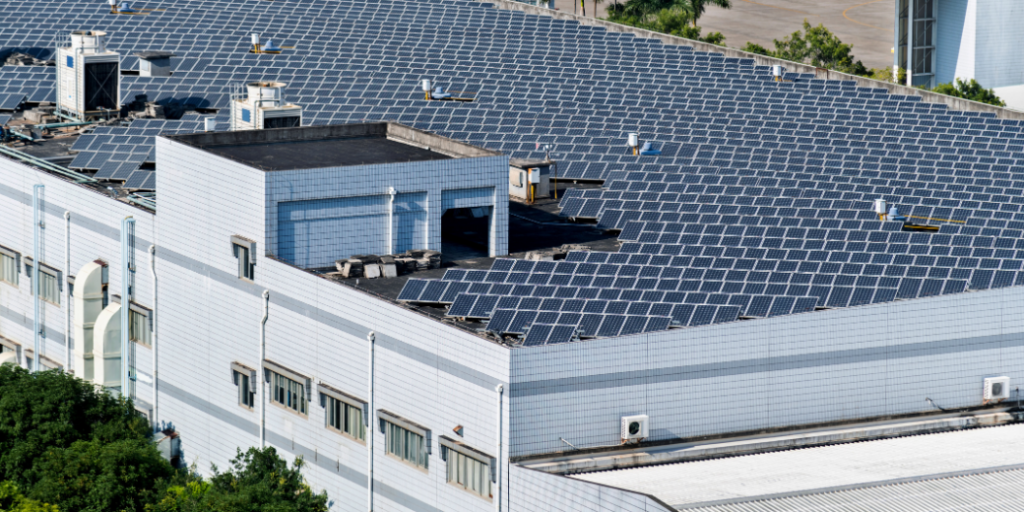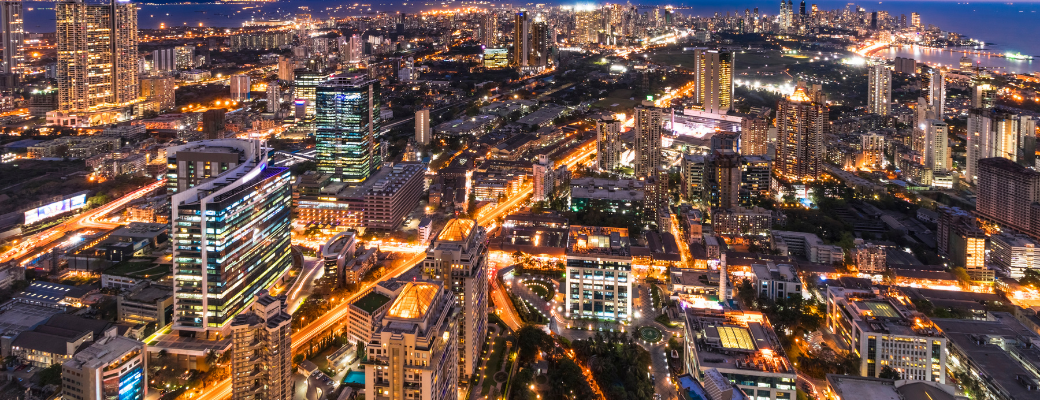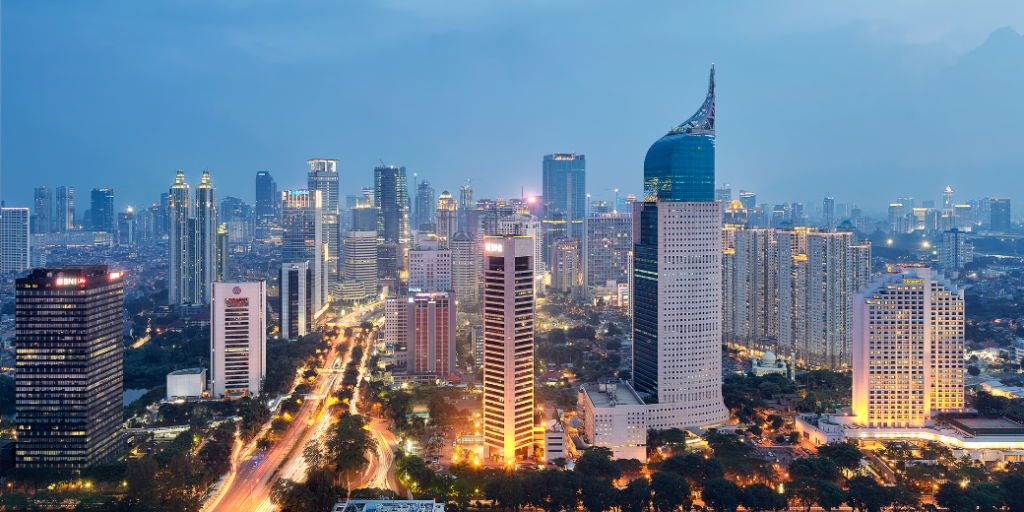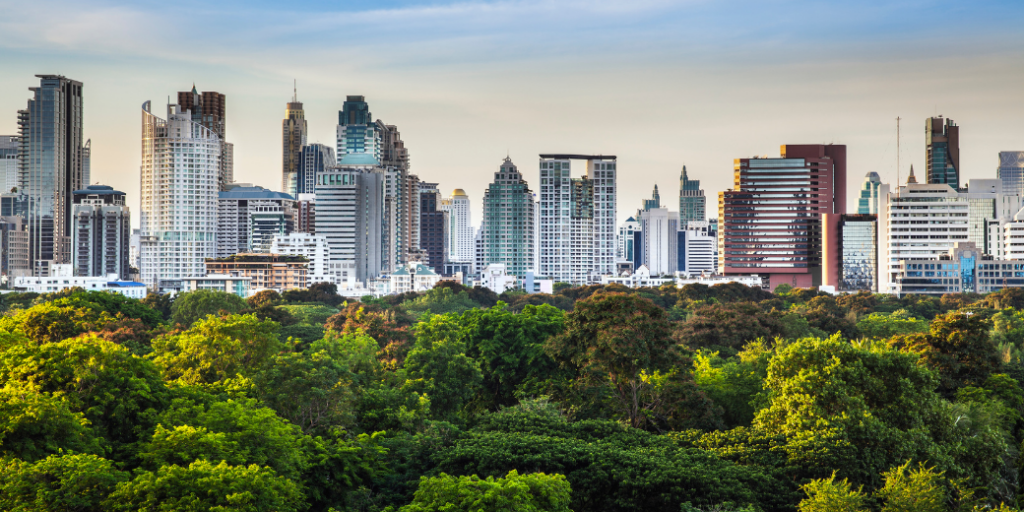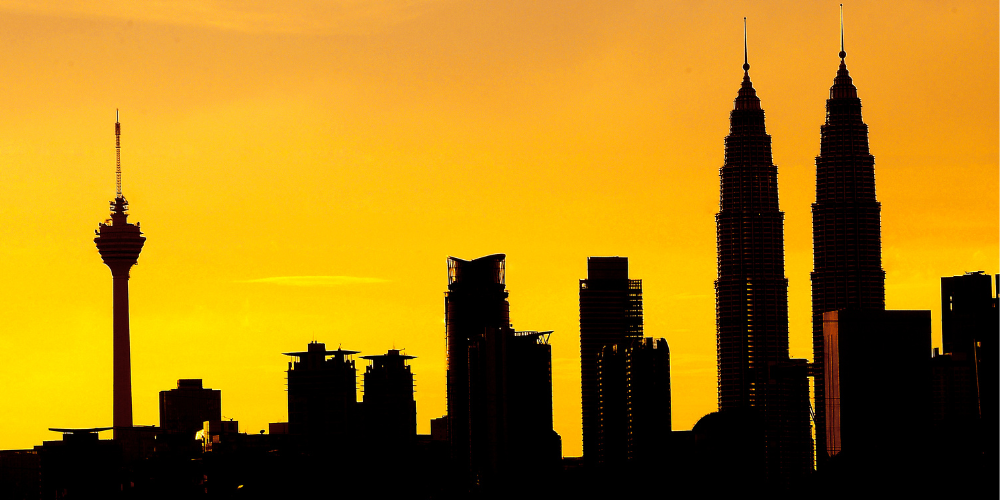Trend Reports
Unlocking Vietnam’s Urban Development Opportunities
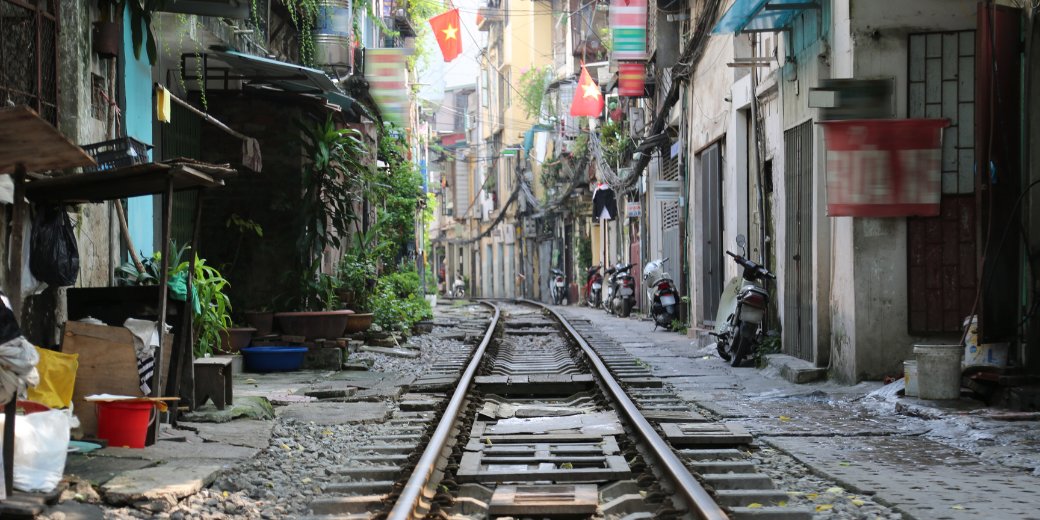
Summary
Explore urban development in Vietnam as smart cities, green projects, and transit-led growth open strategic opportunities for forward-looking investors.
Transport-Led Urban Development Reshaping Vietnam’s Economy
| Hanoi and HCMC Struggle Under the Weight of Uneven Growth
Vietnam’s two main urban centres—Hanoi and Ho Chi Minh City (HCMC)—generate over 80% of the country’s industrial and service output. However, their dominance has triggered urban imbalances, straining public infrastructure and widening regional disparities. The Southeast region, including HCMC, reports an urbanisation rate of 66.6%, in stark contrast to less developed regions such as the Northern Midlands at 22.5%.
Recognising the risks of over-concentration, the government introduced a national Master Plan in August 2024 to develop a balanced and integrated urban–rural system. By 2030, Vietnam targets an urbanisation rate exceeding 50% and aims to expand its urban areas from approximately 900 to 1,200. These efforts seek not just to redistribute growth but also to create new economic corridors across the country.
| Metro Systems and High-Speed Rail Create Ripple Effects
Infrastructure is the cornerstone of Vietnam’s new urban vision. Hanoi and HCMC are expanding metro lines, laying the foundation for Transit-Oriented Development (TOD). Though still in early stages—with metro ridership at just 1% of the population—the real estate impact is tangible. Apartment prices near metro corridors have surged by up to 70% in HCMC and 15% in Hanoi.
Complementing these efforts is the North–South High-Speed Rail, a USD 67.3 billion initiative expected to cut travel time between Hanoi and HCMC from over 30 hours to just four. Although foreign investors are largely excluded from the rail construction itself, ancillary opportunities abound in transit-linked real estate and logistics hubs.
| Newly Connected Districts Emerge as Investment Zones
Hanoi’s northern districts, long underdeveloped due to flood risks and poor connectivity, are undergoing a dramatic transformation. The construction of three new bridges by 2025 will unlock districts like Dong Anh and Long Bien for large-scale development. In a notable move, T&T New Times acquired 750,000 m² in Xuan Canh for USD 1.2 billion, launching a housing project for 37,000 residents linked to the Ngoc Hoi Bridge.
These districts represent a fresh canvas for TOD, with land values set to rise in step with improved access. For investors seeking untapped yet strategically located markets, northern Hanoi is rapidly moving to the top of the list.
Source: General Statistics Office of Vietnam | Open Development Vietnam | Decision 891/QD-TTg | BaoDauTu | General Statistics Office of Vietnam: 2015‒23, General Statistics Office of Vietnam: 4/2024 | TapChiTaiChinh | BaoXayDung | VnEconomy
Green and Smart Infrastructure Expands Beyond Tier-One Cities
| Second-Tier Cities Take the Lead in Smart Urban Planning
Smart cities are no longer the domain of megacities. As of 2024, 43 cities and towns across Vietnam are implementing smart city strategies, while 48 of 63 provinces are building foundational urban databases. These initiatives span AI-led transport, digital public services, and modernised education systems.
This decentralised model supports Vietnam’s ambition for balanced growth and reduces strain on Hanoi and HCMC. Cities such as Da Nang and Binh Duong are emerging as hubs for innovation and investment, positioning themselves as next-generation urban ecosystems.
| Green Urban Projects Gain Traction in Polluted Areas
With air pollution becoming a chronic issue—especially in Hanoi—Vietnam’s urban centres are turning to green-certified construction. In 2024 alone, certified green buildings rose to 163 units, totalling 13.6 million m² in floor space. These range from commercial real estate and logistics centres to schools and warehouses.
Developers are responding to ESG-conscious investors, while municipalities see green design as a tool for public health and infrastructure efficiency. This dual alignment of public and private interests is accelerating adoption and creating a viable market for green tech providers, architects, and construction firms.
Residential and Utility Infrastructure Opens Immediate Investment Channels
| Social Housing Emerges as a Priority Market
A structural shortfall in affordable housing is one of Vietnam’s most urgent urban challenges. Rising land values—particularly near metro lines—have priced out many residents, creating a massive underserved market. The government has responded with incentives for social housing developers, including land use exemptions, preferential tax schemes, and access to subsidised loans.
In 2024, TT Capital and Cosmos Initia formed a joint venture to develop thousands of social housing units in Binh Duong. Similarly, Capitaland launched a 19-hectare project in the same province—its most affordable to date—targeting 13,000 residents. As demand outpaces supply, particularly in peri-urban areas, social housing is becoming both a social necessity and an economic opportunity.
| Wastewater and Waste Management Infrastructure Remains Underdeveloped
Vietnam’s urban growth has far outpaced its basic infrastructure, especially in wastewater treatment. Only 18% of urban wastewater is currently treated. The government targets 70% coverage by 2033, requiring an estimated USD 10–20 billion in investment.
This presents a niche but vital entry point for foreign firms, especially those offering decentralised solutions like Johkasou systems—common in Japan and well-suited for smaller urbanising zones. Simultaneously, the solid waste sector is nearing a crisis point, with daily waste generation projected to hit nearly 96,000 tonnes by 2050. Waste-to-energy technology is viewed as a sustainable alternative to landfills, and foreign firms with advanced incineration and recycling solutions are in high demand.
Source: TapChiTaiChinh | The Investor | VnExpress | BaoDauTu | Vietnamnews | L. H. Phong | Cafef | VnExpress
Japanese Investors Drive Long-Term Strategic Urban Collaboration
| From Green Growth to Digital Infrastructure, Focus Is Shifting
Japan is not merely participating in Vietnam’s urban evolution—it is helping define it. Investment priorities are shifting toward long-term, ESG-compliant models. Japanese firms are deploying capital in green energy, waste recycling, smart cities, and digital infrastructure, often in partnership with local players.
Examples include Hankyu Hanshin’s decade-long collaboration with Nam Long Group and FECON’s BOT transport deal with Japanese highway operators NEXCO Central and JEXWAY. These projects reflect a broader strategy: entering early, staying long, and supporting Vietnam’s evolving urban model.
| Emerging Urban Centres Offer Competitive Entry Points
With land prices in Hanoi and HCMC soaring, Japanese investors are increasingly looking at emerging cities like Da Nang, Hai Phong, and Binh Duong. These locations offer both affordability and government backing as Vietnam seeks to urbanise more equitably. Here, Japanese players can pair their technological strengths with Vietnamese market access, establishing themselves as partners in the country’s next wave of urbanisation.
Source: TuoiTre | Nam Long | Viettonkin Consulting | VietnamNews | Vietnamnet | WAM
Market Entry Requires Strategic Navigation of Local Complexities
| Bureaucratic, Legal, and Policy Risks Persist
Despite promising macro trends, foreign investors must navigate a maze of regulatory and structural risks. Land acquisition remains complex, compounded by legal ambiguity around titles—especially for condotels—and a property tax system that lacks transparency. Limits on foreign ownership (30% of condo units or 250 houses per ward) further restrict scalability.
Political uncertainty, including leadership reshuffles and increased risk aversion among officials due to anti-corruption crackdowns, adds a layer of unpredictability to approvals and policy implementation. Meanwhile, underdeveloped logistics infrastructure and rising climate-related risks—especially flooding in delta and coastal cities—pose operational challenges.
To succeed, foreign investors must adopt a long-term, adaptive approach—partnering locally, focusing on risk-resilient sectors, and maintaining regulatory agility.
Despite the strong macro fundamentals, Vietnam remains a complex operating environment for foreign investors. Regulatory hurdles are substantial: foreigners are capped at owning 30% of units in condominiums and face long approval processes for land access. Legal ambiguities—especially around condotels and land use rights—further complicate investment flows.
In addition, Vietnam’s anti-corruption campaign has resulted in rapid leadership changes, making local officials more risk-averse in granting approvals. Centralised governance also limits flexibility, as local authorities often lack the mandate to expedite decisions.
| Infrastructure and Environmental Risks Require Long-Term Resilience
Vietnam’s infrastructure—particularly in logistics and multi-modal transport—lags behind international standards, raising costs and limiting project scalability. Environmental challenges such as flooding and sea-level rise add another layer of risk, especially in delta regions and coastal cities.
These realities mean investors must design projects with climate resilience and infrastructure adaptability in mind. A long-term horizon, strong local partnerships, and proactive risk management are essential for success.
Source: Law on Housing | VnExpress | Vietnamnews | Center for Strategic & International Studies | VnEconomy | TPM | Vico | ISET | Russin & Vecchi | Corporate Counsels
| Explore Vietnam and Asia’s Urban Evolution with Speeda
To navigate Vietnam’s fast-evolving urban development and broader Asian markets, professionals need more than headlines—they need structured, verified, and actionable intelligence.
Speeda is your all-in-one business intelligence platform, purpose-built for professionals researching Asia. Gain access to:
- Asia’s largest private company database
- Over 3,000 in-house industry and insights reports across 560 sectors
- A powerful expert network for tailored market opinions
- Global news monitoring with keyword alerts
- Comprehensive coverage of M&A and fundraising deals
- Customised research services delivered by a multilingual analyst team
Whether you’re screening partners, assessing market entry, or exploring infrastructure and ESG opportunities in Asia, Speeda empowers you to act with clarity and speed. Request a demo for more information.
